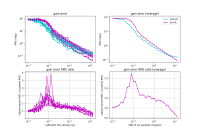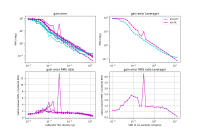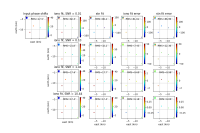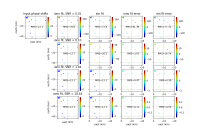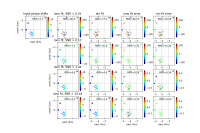Details
-
Feature
-
Could have
-
None
-
Data Processing
-
-
-
3
-
3
-
0
-
Team_YANDA
-
Sprint 5
-
-
-
-
21.6
-
Stories Completed, Integrated, Outcomes Reviewed, Satisfies Acceptance Criteria, Accepted by FO
-
-
SDP-G2
Description
Who: SDP pipeline developers
What: A ska-sdp-func-python package that can supply the SKA-Low self-calibration pipeline (SP-3186) with additional phase shift measurements across the field of view, to better constrain ionospheric phase screens. This feature is contributing to AA2-scale development of the pipeline.
Why: The software is an extension of a calibration approach used with MWA data, which was demonstrated in an earlier PI. The main difference compared to standard calibration is that it fits for low-order dTEC variations across the aperture (or across station clusters), instead of antenna-based phase shifts. While this may probe ionospheric delays across the array with lower spatial resolution than antenna-based parameters, the large increase in data points per model parameter means that fainter radio sources can be used as calibrators, increasing the sampling across the field of view.
Attachments
Issue Links
- mentioned on
